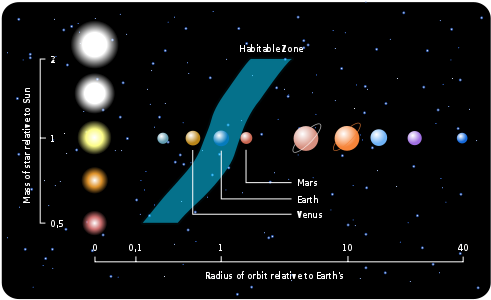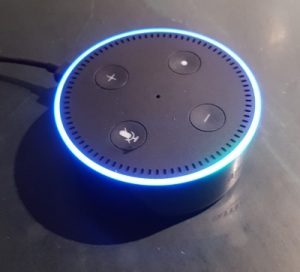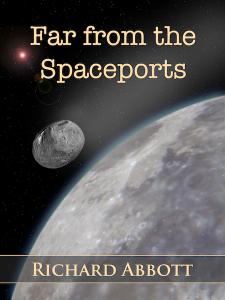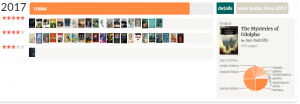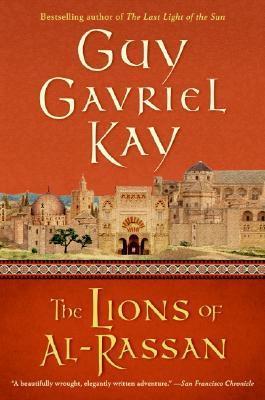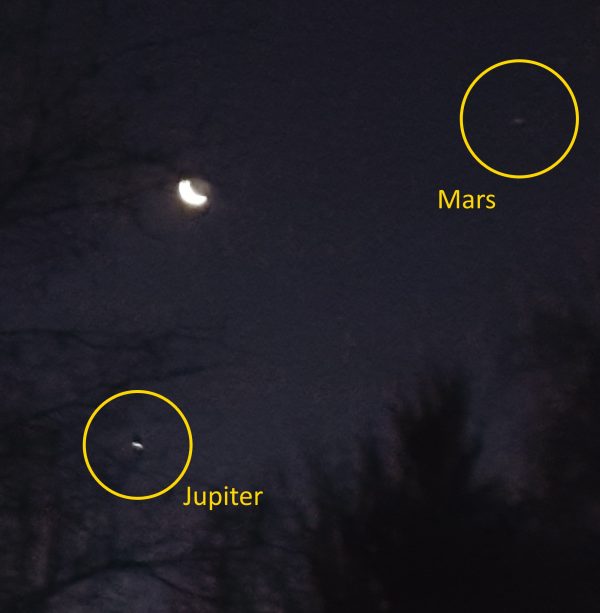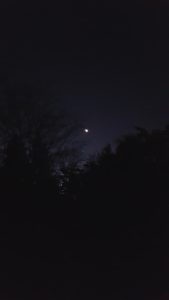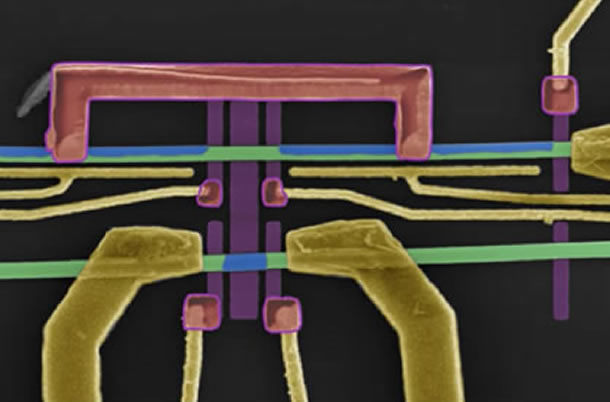Before starting, a quick reminder of the giveaway competition currently running for the audio version of Half Sick of Shadows. There are just a few copies left on Audible UK and US available free. Just follow this link, listen to the sample snippet, and get back to me with the answer. Some copies have already gone but others remain to be won! It’s absolutely free – if you don’t currently have Audible membership then you can sign up for a trial month at no cost, then cancel if you don’t like it.

The planet Venus has played an important part in our imaginative view of the solar system. Originally recognised and personified as the Morning or Evening star, visible at certain times of the year as a bright companion to the sun, it came to represent something beautiful but elusive. The logic of orbital movements means that it never rises more than about 36 degrees above the horizon (here in London), and is frequently much lower. It is also easily lost in cloud, haze, or the ambient glow of the sun as it rises and sets. All of which added to its allure and air of secrecy.
The early telescopic age only added to the mystery. Unlike the other planets, Venus revealed no constant surface features, and so allowed no mapmaking. Astronomers knew that Venus was like a sister planet to Earth – the size is about 3/4 of our own, the year is about 2/3, the surface gravity is 90% – but came to realise that the surface was hidden behind a dense veil of clouds. Indeed, the cloud cover is so sustained that Venus is the most reflective body in the entire solar system.

Many early science fiction authors – including authors such as Robert Heinlein and Isaac Asimov as late as the 1940s and 50s – envisioned the planet as covered by ocean – in keeping with some scientific models of their day. Others chose a desert planet, or one covered in swamp: all trying to make sense of the perpetual cloud cover.
One example is the second book in the science fiction series by CS Lewis, Perelandra. Lewis trod a middle road regarding accuracy – quite apart from any astronomical input, he wanted the veil of cloud cover as a vivid symbol of the secrets held within. He wanted Perelandra to represent a younger planet than Earth, in contrast to Mars (Malacandra) which he paints as older, more long-suffering. So Perelandra is almost entirely an ocean planet, with almost no fixed land. Perhaps one of the most striking descriptions of the planet is “the queen of those seas views herself continually in the celestial mirror“.

When space probes like the Soviet Venera and American Mariner series started exploring the solar system, a wholly different picture of Venus started to emerge. The idea of an aquatic world was so prevalent that early Venera probes were designed to splash down in water. However, as data began to arrive, the surface was exposed as vastly inhospitable. Air densities up to 90 times that of Earth, average temperatures over 450°C, typical wind speeds up to 200 mph, and an atmosphere containing acidic gases like sulphur dioxide all added up to a seriously inhospitable environment. The winds at ground level are sufficiently strong that they cause changes in the day length where they rush over mountain ranges.
This looked like the end of the line for fictional life on Venus… but recently there have been suggestions that although the surface may be uninhabitable, the upper atmosphere might be a suitable habitat. You might imagine rafts of tiny organisms, drifting in sheets well above the rigours of the surface. We don’t yet know, but it’s a sufficiently real possibility that science teams have started thinking how we might detect and recognise life in that floating environment. If we ever decided to colonise Venus, then high above the ground might be a better bet than contending with the surface conditions!
But maybe our better bet for habitats is in orbit anyway. Given that conditions on Venus – or Mars, for that matter – are so difficult as to need major levels of protection, why go to the effort of constructing some sort of protected dome, when we necessarily have such a thing in orbit anyway? I read an interesting statistic the other day. There are at most a few hundred people living in Antarctica. But at any time, there are something like a million people travelling on air flights. The environment outside a plane is even less hospitable than the south pole, but large numbers of us are willing to move about in it, with only the comparatively frail protection of an aircraft. Perhaps – at least until we can pursue exotic solutions like terraforming – orbital stations are the way to go.
Meanwhile, I’m waiting for a story to appear based around finding upper atmosphere life on Venus…




